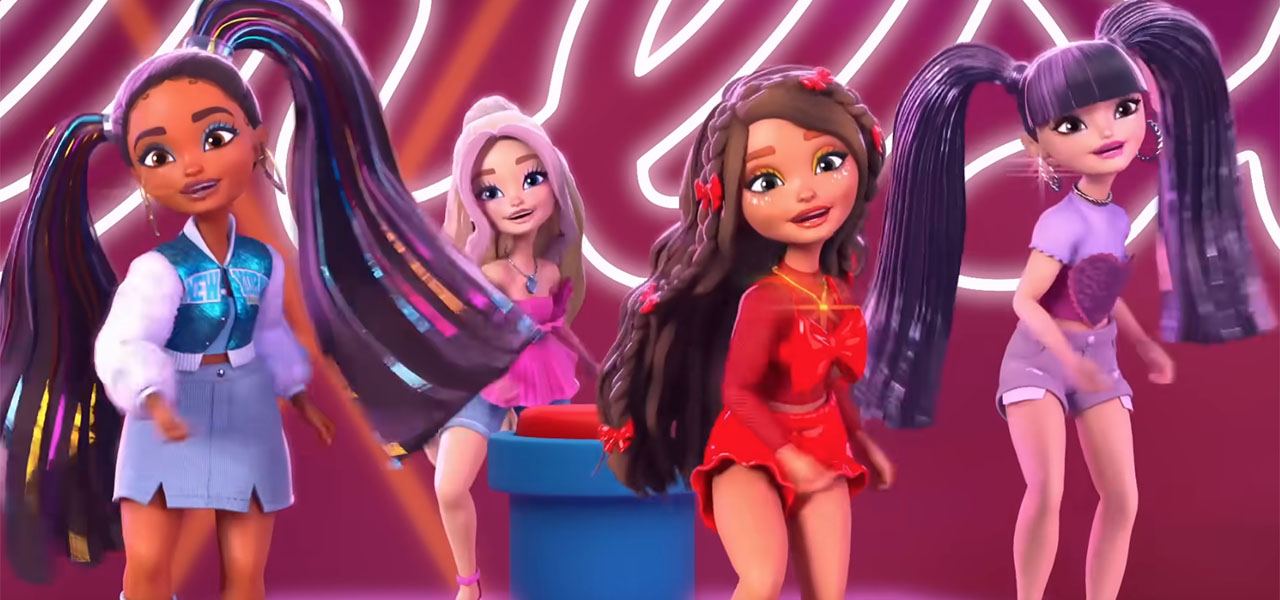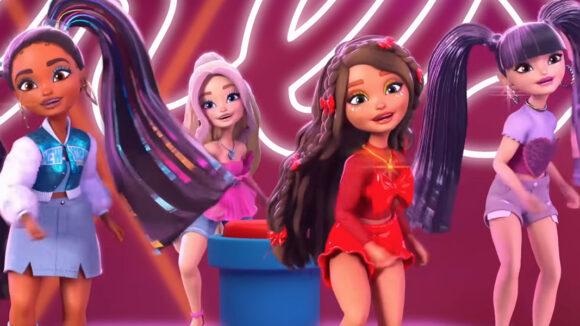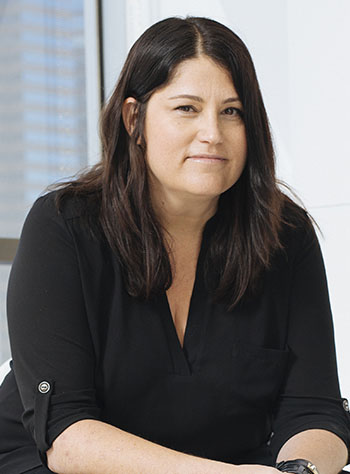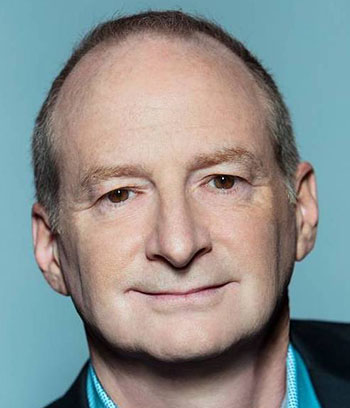

Mindshow’s Real-Time Virtual Production Platform Allows Filmmakers To Direct Animation Entirely In A VR Headset
Virtual production — placing performers and animated characters into hitherto unimaginable settings — is everywhere. The technology exploded when Unreal Engine brought real-time rendering and animation to filmmakers’ fingertips. Hollywood launched into virtual realms in productions from The Lion King to The Mandalorian. But the technology has not been confined to high-end films and television series.
Mindshow, a young Los Angeles production company led by chief executive officer Sharon Bordas, and chief technology officer Bibhash Biswas (along with newly-joined chief operating officer David Baron), recently announced its new real-time virtual production platform for animation, which allows directors to step into virtual studio sets through mixed reality (mr) and virtual reality (vr) headsets.
Key features and capabilities of the company’s production toolkit include proprietary lip-sync technology that converts pre-recorded audio into stylized animated facial performances, virtual studio cameras that allow for greater control and iteration, real-time character animation through motion capture, and asset integration that allows for easy conversion to rigged 3d models.
Mattel has been a heavy user of Mindshow’s tech thus far, incorporating it into digital content for Hot Wheels, Barbie, Monster High, and Enchantimals, while Cameo message videos for Cocomelon and Frito-Lay’s spicy snack mascot Chester Cheetah have also made use of the tech.
Shepherding the work among her 40-person staff, Bordas draws from her experience in scripted programming at Lifetime, as a production executive at Mar Vista Entertainment, and her leadership positions at Thinkwell Group, HBO, and Sony Pictures. Biswas served as a computer scientist for the U.S. Air Force, worked as a computer engineer in ar and vr applications, and developed Unreal Engine applications at Zoic Labs. Baron joins the team after his experience in business and digital supply chains at Hulu, Fox Digital Media, Paramount Digital Entertainment, and Microsoft.
Cartoon Brew caught up with the Mindshow team to root around its toolset, which features custom lip-sync voice integration, a network of virtual studio cameras, Apple Vision Pro and Meta Quest VR head-sets, real-time tracking, motion capture, and asset integration.
Cartoon Brew: What inspired Mindshow’s VR animation pipeline?

Sharon Bordas: Animation production has been notoriously and needlessly fragmented — creators jumping between tools just to get one scene done. At Mindshow, our ‘North Star’ has always been about empowering creators to tell their stories without leaving headsets. Vr provided the foundation, letting directors step into their stories and direct as naturally as they would on a live set. We’ve built this into a robust professional production platform where everything needed to tell a story — whether it’s real-time mocap or traditional animation techniques — is just a point-and-click away.
Mindshow’s website cites a ‘proprietary tech stack’ of models. What does that consist of, and how do you apply that to animation?
Bordas: Our proprietary tech stack grew from real production demands and deadlines. When clients needed specific tools — like sophisticated car driving systems, or intuitive flying, and swimming mechanics for mermaids — we built them. Instead of using off-the-shelf tools, we created custom solutions that we’ve integrated into our platform and patent portfolio. This hands-on development means everything in Mindshow is purpose-built to make animation faster, easier, and high-quality.
What role does artificial intelligence have in your animation pipeline?
Bordas: IP ownership is paramount for our customers, so while generative AI isn’t part of our pipeline, we love using AI to make animation processes more efficient. We’ve successfully integrated it into a sophisticated lip-sync and voice processing pipeline, as well as asset management, letting creators focus on storytelling instead of repetitive tasks. Looking ahead, we’re exploring AI for dynamic camera coverage and motion capture, always with the goal of enhancing, not replacing, human creativity.
Mindshow has been used for several toy campaigns for Mattel, inlcuding Hot Wheels and Barbie. What does the client supply, in terms of models and design, and how do you work with those assets?
Bordas: Our relationship with Mattel is something we take tremendous pride in at Mindshow. Their digital team is incredibly creative — they set us on a clear path with assets and outline the kind of storytelling that resonates with their audience. Our job is to take that brief and bring it to life. Mindshow produces everything from scripts to final delivery, and Mattel is with us every step of the way. The ability to iterate quickly has led to some amazing collaborations and over 250 million views!
David, you have been involved with cloud-based platforms before. When you collaborate in real-time with your client, how ‘hands-on’ do you get wearing vr headsets?

David Baron: At Hulu, we made content libraries accessible to viewers anywhere. At Mindshow, we’re making professional animation tools accessible to creative teams everywhere. While vr headsets are becoming more affordable and accessible, we’re using them in a unique way: not for viewing content but as a professional production tool. This lets directors work with animation using the same mindset as live-action direction — something that’s never been done before.
Are all your productions geared toward advertising and branded content, or do you foresee this perhaps as something new, a more immersive form of animated entertainment?
Bordas: Mindshow is focused on high-impact animation, where speed and innovation matter most. We power everything from fast-turnaround adult comedy projects to quality scripted content and viral music videos, and we’re incredibly excited about our expansion into sports and live entertainment. We believe that great IP transcends storytelling boundaries — just look at Barbie’s success. Our job is to ensure Mindshow’s technology powers new ways for creatives to connect. But I will say we have a love for going really, really fast and topical. Brands understand that if you don’t move fast, the audience will move on.

